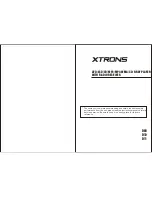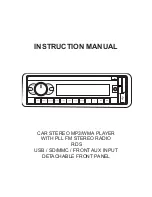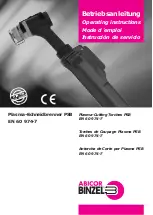
35
11.
When the new sensor is recognized, measuring mode is automa-
tically resumed. The sensor change is complete.
Video about sensor exchange:
Sensor delivery / storage and conditions of use
Each hardness sensor has a sensor number that uniquely identifies it.
Before delivery, the sensor quality was checked and verified by a final inspection.
To protect the sensor membrane, the touch-sensitive sensor tip is tightly closed with a protective
cap in which there is a sterile and humid climate. This ensures that the sensor can be put into
operation immediately after removing the protective cap.
The sensors are packed in a folding box for dispatch. The delivery was undamaged when the
protective cap is firmly seated on the sensor and steamed up inside. A comparison of the number
on the sensor with the number given on the packaging and on the delivery note is recommended.
The sensor should be stored in the original packaging at 10 ° C to 15 ° C and used as soon as
possible.
The protective cap must remain tightly closed until the sensor is used. If the sen-
sor does not have a tightly closed protective cap, it dries out quickly and may not
work again or only after 1 to 2 days.
In principle, the protective cap should not be removed without using the sensor
immediately in order not to destroy the humid and sterile climate in the protective
cap.
Storage in the original packaging at temperatures between 10 ° C and 15 ° C.
The quality of the sensor is negatively influenced by unsuitable water quality,
high chlorine or brine concentrations.
The water must be free of acids, alkalis, salt solutions (brine), tensides, fats, oils,
solvents and heavy metals.
Required water conditions:
-
Natural raw water with a hardness value of 70 ppm … 1070 ppm
-
Water temperature: 5 ... 30 °C
-
pH range: 5 ... 9 pH
-
Chlorine content <500 µg / l
-
No brine from the softener












































